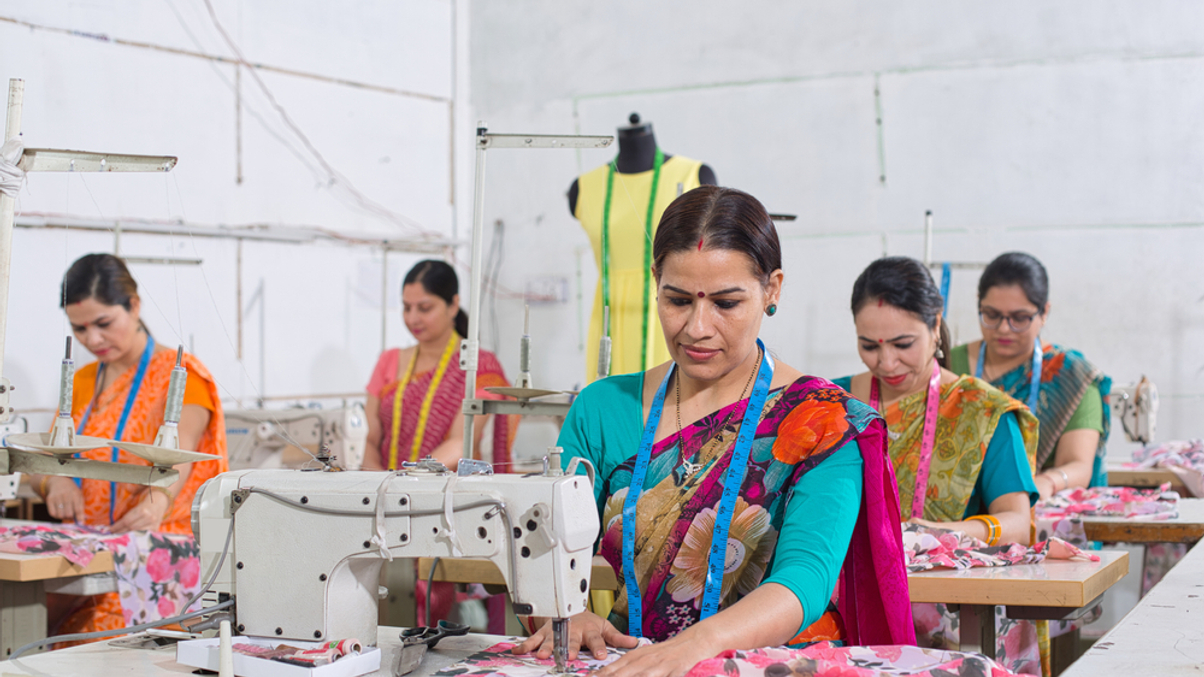Asset owner platform unveils data on EM banks' sustainable portfolios
The SDI AOP released its first dataset on the sector’s sustainable lending practices, to help investors select the best performers.

The world’s largest asset owner-led sustainable investment platform has released its first dataset covering sustainable lending practices by banks in Asian and other emerging markets.
Sign In to Your Account
Access Exclusive AsianInvestor Content!
Please sign in to your subscription to unlock full access to our premium AI resources.
Free Registration & 7-Day Trial
Register now to enjoy a 7-day free trial—no registration fees required. Click the link to get started.
Note: This free trial is a one-time offer.
¬ Haymarket Media Limited. All rights reserved.


